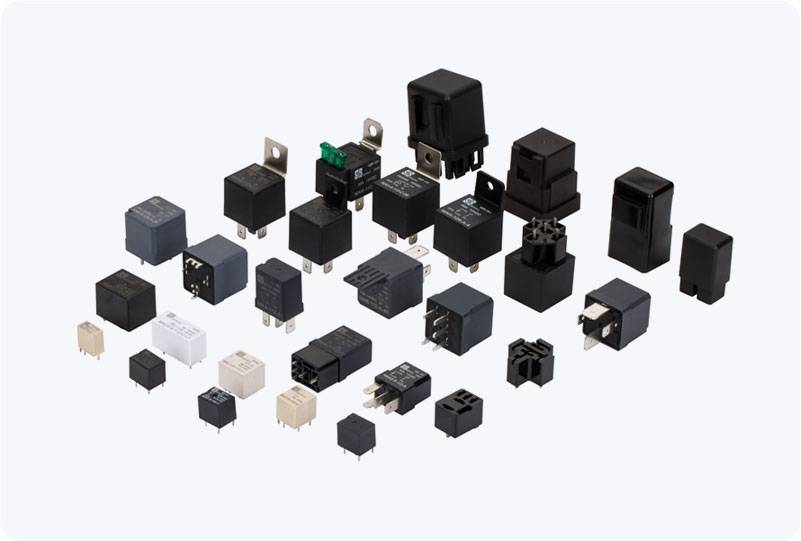A Low Voltage DC Relay is an essential component in various electrical and electronic systems. It plays a crucial role in switching applications, where electrical signals need to be controlled or isolated. This article explores the working principle, features, and common applications of Low Voltage DC Relays, shedding light on their significance in modern electrical circuits.

What is a Low Voltage DC Relay? A Low Voltage DC Relay is an electromagnetic switch that operates on direct current (DC) voltage of lower magnitudes, typically below 24V. Unlike other types of relays that may use alternating current (AC), DC relays are designed specifically to work with the flow of DC voltage. They are commonly used to control circuits with low voltage and are available in a variety of sizes, making them versatile for numerous applications. At its core, a relay consists of a coil, contacts, and an armature. When a current flows through the coil, it generates a magnetic field that pulls the armature, causing the contacts to either close or open. This mechanism allows the relay to control a higher voltage circuit using a low voltage DC signal, which is beneficial in various automation and control processes.